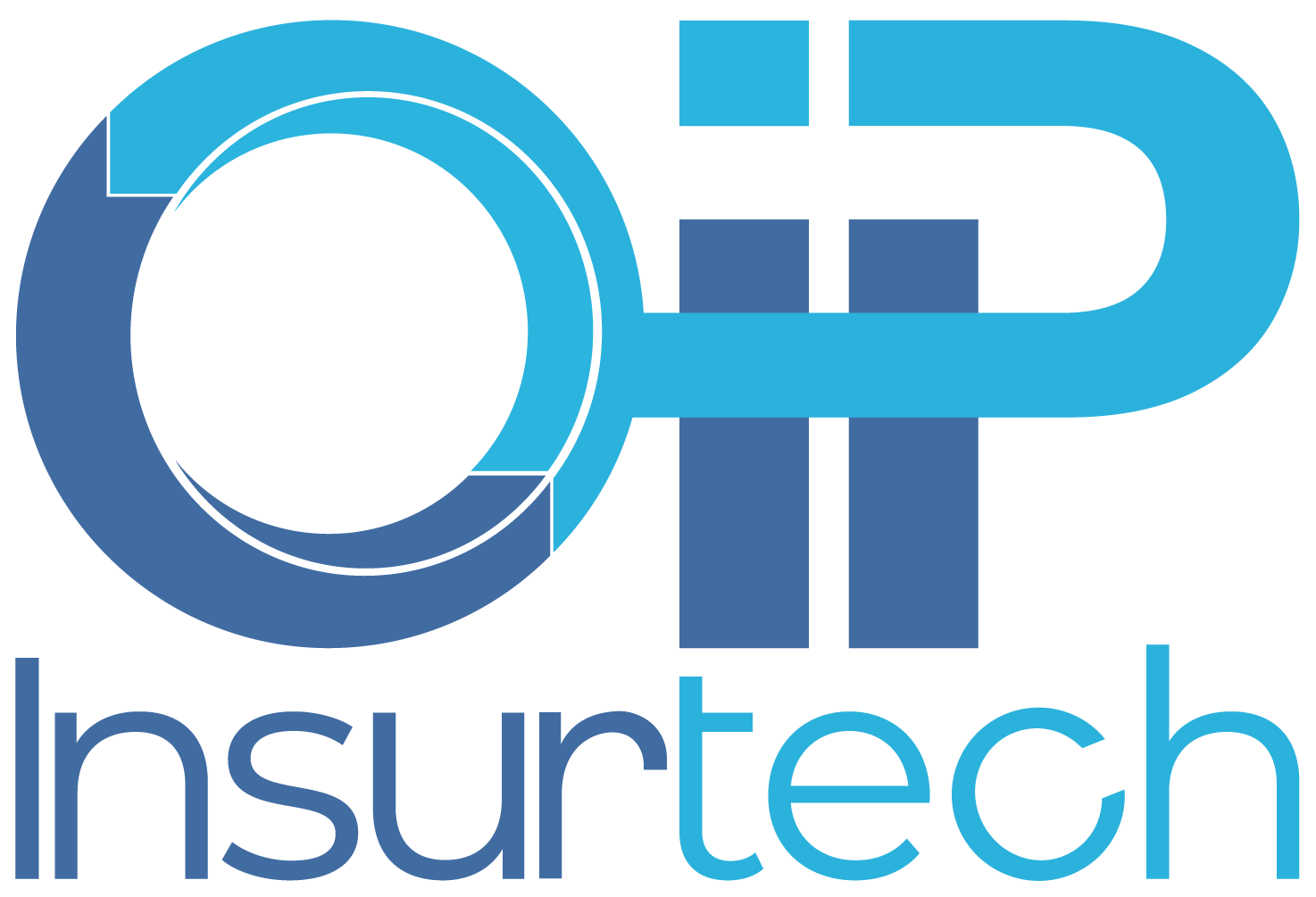The Hidden Cost of “Good Enough” Processes
Why “it’s working fine” is the most expensive lie in your back office
“Good enough” feels safe.
It’s the process you’ve always used. The workaround your team figured out. The workflow that hasn’t blown up – yet.
But in insurance operations, “good enough” is rarely good.
It’s the silent killer of efficiency, morale, and momentum. Every manual step, every exception, and every time someone has to ask, “What’s the right way to do this?” – it all adds up.
And the longer it stays hidden, the more damage it does.
This article breaks down the true cost of operational complacency. Not just in time or dollars, but in lost opportunities, delayed growth, and systems that quietly hold your business back.
If your back office feels like it’s running but never improving, spend a few minutes to read this.
What Does “Good Enough” Really Mean?
“Good enough” is rarely about performance. It’s about comfort.
It’s the spreadsheet you’ve used for years. The manual process no one questions. The inefficiency that’s “just how we do it.”
It gives the illusion of stability, but it’s really just deferred risk.
The mindset “if it isn’t broken, don’t fix it” is how legacy processes often survive long past their expiration date.
Teams learn to work around the gaps. Leaders assume the silence means success.
Meanwhile, hidden costs pile up in the background.
The problem? You don’t feel the pain until it’s too late.
By the time complaints start surfacing – missed SLAs, frustrated clients, burnt-out staff – it’s not a workflow tweak. It’s an operational overhaul.
“Good enough” only feels safe when you’re not looking too closely.
Minor Inefficiencies = Major Drain
Not every leak floods the building, but enough of them will sink it.
In most insurance operations, it’s not the big failures that drain productivity. It’s the invisible ones.
The two minutes spent rechecking a document. The ten back-and-forth emails to clarify a submission. The spreadsheet no one trusts but still updates daily.
These are time drains your team doesn’t log or escalate. They just absorb them over and over until frustration becomes the baseline.
Every interruption chips away at focus. Every manual step delays the work that actually matters. Over time, that adds up to real cost:
- Slower turnaround
- Higher error rates
- Burnout and turnover from teams stuck doing low-value work
And the worst part? No dashboard tracks it. No alert sounds. You only notice the damage when results start slipping.
“Good enough” hides these inefficiencies by making them feel normal. But they’re anything but.

Inconsistency Creates Risk and Rework
When every team handles the same task differently, mistakes are inevitable.
One underwriter stores notes in an email. Another updates a shared drive. A third uses a personal spreadsheet no one else can access.
Multiply that by every process, from intake to renewal, and you get chaos disguised as flexibility.
Inconsistency isn’t just inefficient. It’s risky.
- Data gets lost or duplicated.
- Tasks get missed or repeated.
- Reports tell conflicting stories depending on who ran them.
And when something goes wrong, there’s no baseline to compare against, just a tangle of “how we do it over here.”
For leadership, it becomes nearly impossible to scale, delegate, or audit with confidence. For new hires, it creates onboarding confusion and constant second-guessing.
Without standardization, you’re not running a process. You’re running a collection of habits. And they’re costing you more than you think.
Onboarding Is Slower, Training Is Messier
When your processes aren’t standardized, every new hire has to guess their way through the first few months.
They watch the official training video. Then their mentor shows them a different way. Then their manager corrects both. Confusion sets in—and confidence drops fast.
Without clear, documented procedures, onboarding turns into a scavenger hunt. New team members spend more time reconciling conflicting advice than learning how to do the job right.
The impact?
- Longer ramp-up times
- Higher training costs
- More early mistakes
- Lower employee retention
And it doesn’t just affect the new hires—it burdens your experienced staff too, who now spend their time explaining workarounds instead of focusing on their own responsibilities.
Disorganized onboarding isn’t just a hassle. It’s a growth limiter. If you can’t scale your team smoothly, you can’t scale your business.
The Tipping Point: When “Good Enough” Breaks
“Good enough” always works…until it doesn’t.
Maybe it’s a surge in submissions. A new compliance requirement. A client asking for faster turnaround.
Suddenly, the process that used to be “fine” can no longer keep up.
That’s the tipping point. And by the time you hit it, your options are limited.
You scramble to patch things up. You overload your team. You fall behind competitors who already invested in better operations.
The warning signs were there:
- Rework is the norm
- Teams spend more time managing process than doing the actual work
- Clients start escalating issues more often
But if you’ve normalized the pain, you won’t see it coming.
The reality is – you don’t get to choose if your operations will change. You only get to choose when.
Waiting until “good enough” breaks usually means fixing it in crisis mode.
How to Spot the Hidden Costs
Most insurers don’t realize how inefficient their back office really is because the inefficiencies are spread out and disguised as routine.
Nobody logs the time spent chasing missing info. Or reconciling spreadsheets. Or explaining the same process three different ways.
But it all adds up.
Want to know if you’re stuck in “good enough”?
Look for these red flags:
- Tribal knowledge — Only certain people know how things really get done
- Excel dependency — Critical workflows managed through fragile spreadsheets
- Email workflows — Important data buried in inboxes, not systems
- Repetitive clarification — Teams constantly asking for missing context or next steps
At OIP Insurtech, when we review client operations, we almost always uncover these silent inefficiencies. They’re not obvious in dashboards. But they’re the reason your team feels maxed out. And still behind.
If your team is always busy but progress is slow, it’s time to take a closer look at what’s happening.
From Good Enough to Great: What the Shift Looks Like
Moving beyond “good enough” isn’t about adding more tech. It’s about thinking differently.
It starts with leadership. Someone has to say: This process isn’t broken, but it’s not helping us grow either. That mindset shift – choosing clarity over habit – is what unlocks transformation.
Here’s what great looks like in practice:
- Documented SOPs so everyone follows the same playbook
- Defined roles and handoffs so nothing falls through the cracks
- Measured performance so you can improve based on facts, not assumptions
- Automation-ready workflows designed with intent, not patchwork
Getting there doesn’t require a massive overhaul. But it does require the discipline to stop relying on workarounds and start building real structure.
The payoff?
Faster onboarding. Better data. Fewer errors. And a team that finally has time to focus on high-value work.
Great isn’t louder than good enough. It’s quieter because everything just works.

How Operational Optimization Turns Inefficiency into Opportunity
“Good enough” is both a process and a visibility problem. And that’s exactly what InsurOPS 360° is built to solve.
We don’t just spot inefficiencies. We fix them at the root.
Step 1: Diagnose the disconnect
Our Process Improvement Department (PID) maps your operations from end to end. We find the bottlenecks, redundancies, and workarounds you didn’t know were slowing you down.
Step 2: Standardize for scale
We create crystal-clear SOPs and Policy Operating Standards so your entire team works the same way, every time. No more tribal knowledge. No more guesswork.
Step 3: Automate intelligently
With Bound AI, we bring automation into ready workflows. That means clean data, structured processes, and smart integrations – plus human-in-the-loop oversight for anything complex.
Step 4: Keep improving
Once the fires are out, we don’t walk away. We continue to measure, refine, and evolve your operations, ensuring you’re always improving and always ready for what’s next.
InsurOPS 360° is more than back-office support. It’s a roadmap from manual chaos to scalable clarity.
The Bottom Line: Don’t Wait Until It Breaks
“Good enough” processes don’t wave red flags. They blend into the background until they quietly cost you time, talent, and opportunity.
You don’t need a crisis to justify fixing them. You just need to ask: Is this really the best way to work?
The most forward-thinking insurers aren’t waiting for breakdowns. They’re streamlining now, building smarter workflows, reducing noise, and setting their teams up for scale.
And they’re not doing it alone.
InsurOPS 360° helps you identify what’s holding you back, standardize what matters, and automate when it’s truly worthwhile.
